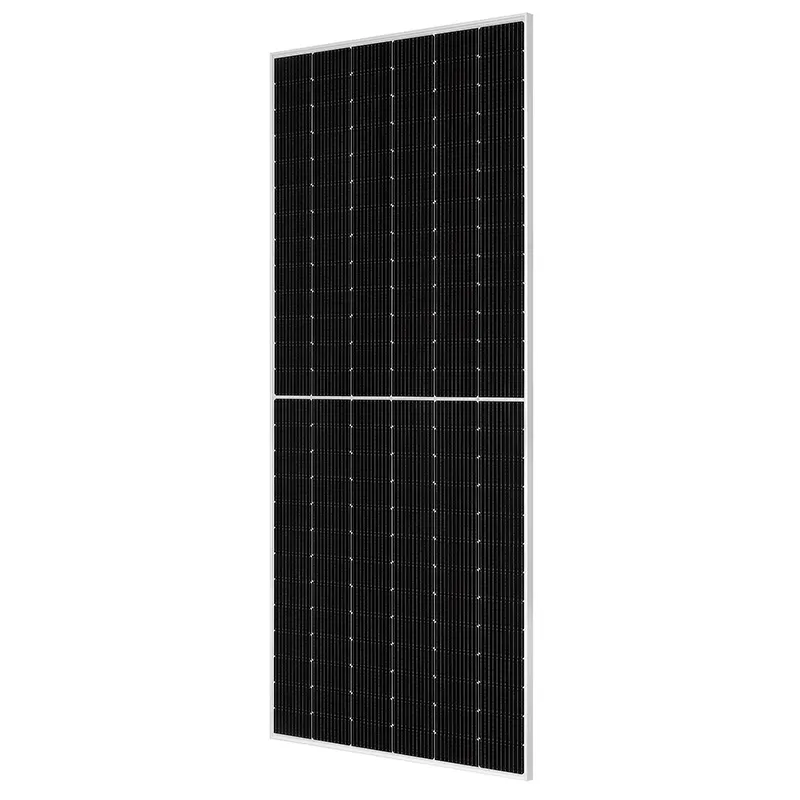what is a solar string inverter
Understanding Solar String Inverters
As the world increasingly turns towards sustainable energy solutions, solar power has emerged as a leading choice for both residential and commercial energy needs. At the heart of a solar power system lies the inverter, and one type that has gained significant attention is the solar string inverter. Understanding what a solar string inverter is and how it functions is crucial for anyone considering solar energy.
Understanding Solar String Inverters
One of the primary benefits of a solar string inverter is its simplicity and cost-effectiveness. It is designed to handle several panels at once, making it a more economical option for many solar energy users. Typical installations can involve strings of up to 25 panels, depending on their size and the inverter’s capacity. This ease of installation and relatively low equipment costs make solar string inverters particularly appealing for homeowners and small businesses.
what is a solar string inverter

However, solar string inverters do have certain limitations. One of the most significant issues arises from the “string” configuration itself if one panel in the string experiences shading or becomes less efficient due to dirt, aging, or damage, the performance of the entire string can be compromised. This is known as the “Christmas light effect,” where the failure of one bulb can affect the entire string. Although modern string inverters often include features like maximum power point tracking (MPPT) to mitigate these effects, they may not be as efficient as other systems like microinverters or power optimizers when dealing with shading issues.
In terms of functionality, solar string inverters typically come equipped with monitoring capabilities, allowing users to track the performance of their solar energy system in real-time. Many models can connect to Wi-Fi, enabling remote monitoring through an app or web portal. This feature is invaluable for maximizing energy efficiency and identifying potential issues before they escalate.
When considering installation, it is essential to assess the specific needs and conditions of your solar setup. Factors such as roof orientation, shading, and the overall energy requirements will play a critical role in determining whether a solar string inverter is the right choice. In many cases, especially for large-scale installations or areas with variable shading, exploring alternatives like microinverters or central inverters may be beneficial.
In conclusion, solar string inverters represent a popular and effective solution for converting solar energy into usable electricity. Their ability to handle multiple panels efficiently makes them a cost-effective choice for many users. However, understanding their limitations is equally important. By carefully evaluating your specific situation and energy needs, you can make an informed decision on whether a solar string inverter, or another type of inverter, is the best fit for your solar energy system.
-
Unlocking Energy Freedom with the Off Grid Solar InverterNewsJun.06,2025
-
Unlock More Solar Power with a High-Efficiency Bifacial Solar PanelNewsJun.06,2025
-
Power Your Future with High-Efficiency Monocrystalline Solar PanelsNewsJun.06,2025
-
Next-Gen Solar Power Starts with Micro Solar InvertersNewsJun.06,2025
-
Harnessing Peak Efficiency with the On Grid Solar InverterNewsJun.06,2025
-
Discover Unmatched Efficiency with the Latest String Solar InverterNewsJun.06,2025







